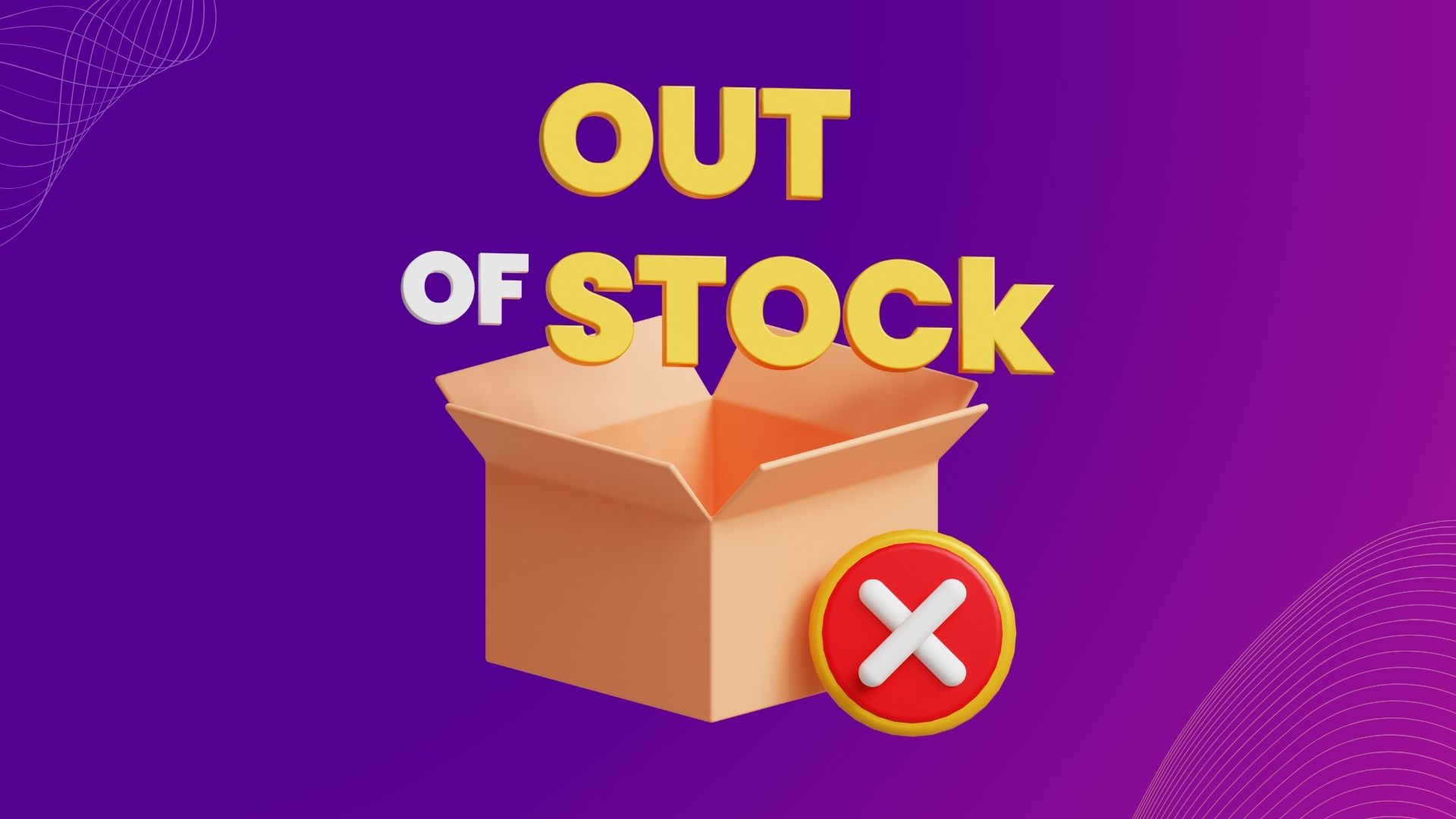Being available in the right place and at the right time is what matters, considering today’s shoppers expect to find exactly what they are looking for at the click of a button. When they can’t find what they are looking for they lose their patience quickly and will likely take business or service from elsewhere, leaving brands scrambling to pick up the pieces.
The global e-commerce market is expected to surpass $5 trillion by the end of this year. In Southeast Asia alone the e-commerce market is expected to grow 15% in 2024 on platforms such as Shopee, Lazada, and Tokopedia. They are expecting high traffic during sales like 11.11 and Black Friday.
Brand visibility is linked to products’ availability above your competitors’, especially during the time of sales season when the crunch is at its peak for everyone.
We will see the reasons and role of stock availability as well as best practices to improve it and its benefits.
Reasons to Track Competition Stock Availability
- Understanding of Competition/ Market: Monitoring competitors across the platforms gives brands vital insights into the dos and don’ts and accordingly market strategy can be channelized, allowing your brand to remain competitive.
- Promote when Competition goes OOS: When your competition has stockouts, it’s an excellent time to promote your in-stock products and gain market control and share.
- Build a strategy based on forecasts done by competition: Brands can predict market shifts and align their strategy with forthcoming opportunities.
- Plan pricing and discoverability blueprints basis real-time insights: Real-time stock data enables firms to alter pricing strategies and increase product discoverability keeping them competitive in the market.
Importance of own stock availability analytics
As the Numbers Suggest
According to the 2024 global study, stockouts cost businesses $1.8 trillion annually in lost sales, with Southeast Asia alone missing out up to 25% during potential sales peak season due to out-of-stock items. And lost sales are often the beginning to go completely out of the business market.
Maintaining the right stock balance is crucial. A brand does not want to over-stock or under stock. Their dangers include:
- Understock: Lose out on Sales to Competition when understocking leads to OOS situations
- Overstock: Costs of maintaining inventory turn out to be high especially when sales go slow.
Ecommerce Impact of Out-of-Stock Inventories:
- Reduced search ranking presence on Ecommerce Platforms – When your products are frequently out of stock on search algorithms on eCommerce platforms like Amazon etc. Google search engine takes note of it.
- Last page views – Products that are not in stock result in fewer page views. Customers are likely to quickly leave a website or switch to a competitor’s product if they see an out-of-stock notice.
- Maintain a strong online presence – In the cutthroat digital world today, keeping customers and fostering trust both depend on having a strong online presence. Which can translate into repeat business and stronger customer loyalty.
Common cause of stockouts and their effect on sales
- Inaccurate forecasting – Stockouts during critical periods result from inaccurate demand forecasting. This can be a nightmare, particularly during flash sales or holidays when the demand is great.
- Supply Chain Disruptions – Situations like delayed shipments can lead to out-of-stock situations, particularly for brands that depend significantly on foreign suppliers.
- Ineffective Inventory Management – Lack of an appropriate coordination system across various sales channels can result in inefficiencies, such as some platforms being overstocked and others lacking.
- eCommerce analytics – Ignorance in terms of investment in monitoring the whole customer journey of the product, especially customer behavior, buying trends, and past sales data.
To overcome the challenges of stockouts and manage availability brands needs advanced tools that can monitor across multiple platforms in real time.
How eCommerce analytics helps to Optimize Inventory
Knowing what your competitors are doing is important but what they are not doing?
It is way more important!
How will your brand be aware of it?
That is where exactly competitive analytics comes into the picture.
Here’s how analytics works in the favor of your brand and business, you can monitor trends, predict demand, and optimize proactively.
- Insights – Analyzing the availability data across competition and platforms in high-demand seasons can help in generating insights about the volume of demand. This data should be visualized w.r.t to sales, pricing and SOS parameters.
- Prevent – The real-time monitoring allows you to watch product availability on all platforms’ channels ensuring that it is filled before it runs out low. Get real-time alerts and action immediately.
- Optimize – The analytics allow your band to achieve the perfect balance between overstocking or understocking, eliminating waste while increasing profitability.
Strategies to improve on availability of stock
Every brand’s objective, or we can say dream, is to have a high sales velocity and adequate stock to serve it to customers and these two (sales and inventory) must function together.
The digital shelf tracker of mFilterIt exactly does that for your brand that empowers business with deep insights across platforms, it provides brand Availability Trends and more.
- Availability share verse versus competition
- City-Wise availability Trends- monthly, weekly, daily and hourly
- Platform-wise & geography to be target
- Out-of-Stock product lists & alerts
- High-traffic keyword and content theme recommendations
Incorporating these features into your eCommerce analytics strategy can ensure your brand stays competitive and continues to maintain its upper hand in the eCommerce market.
Click here to read more blogs of limelightlog.




